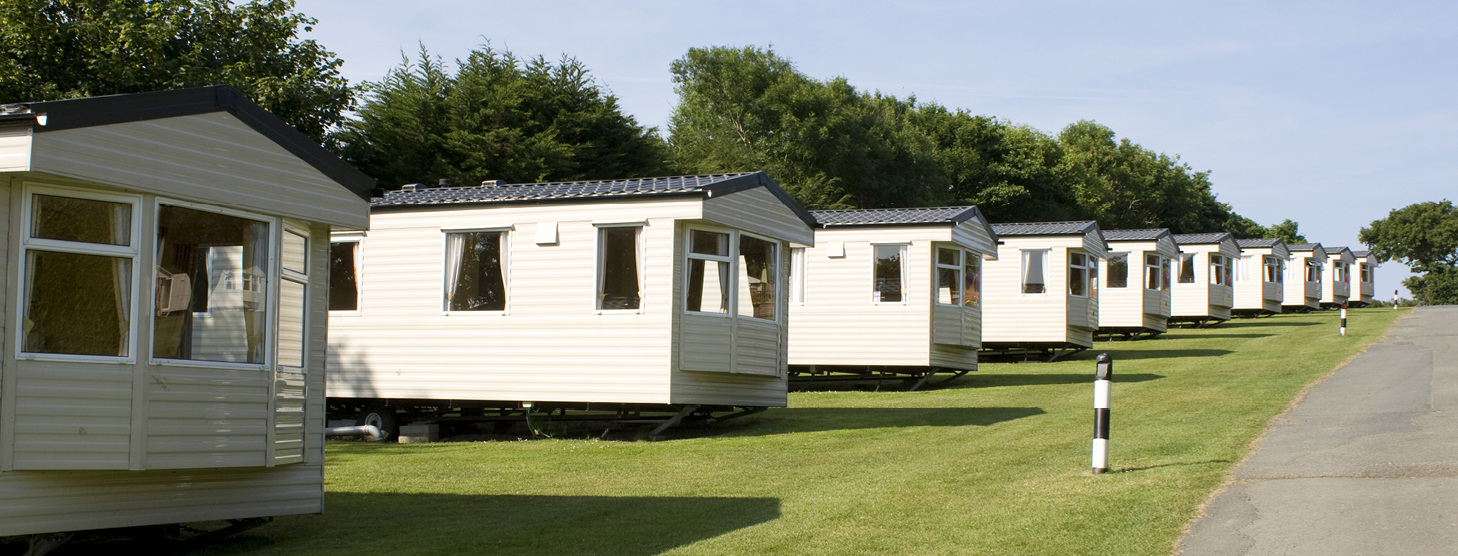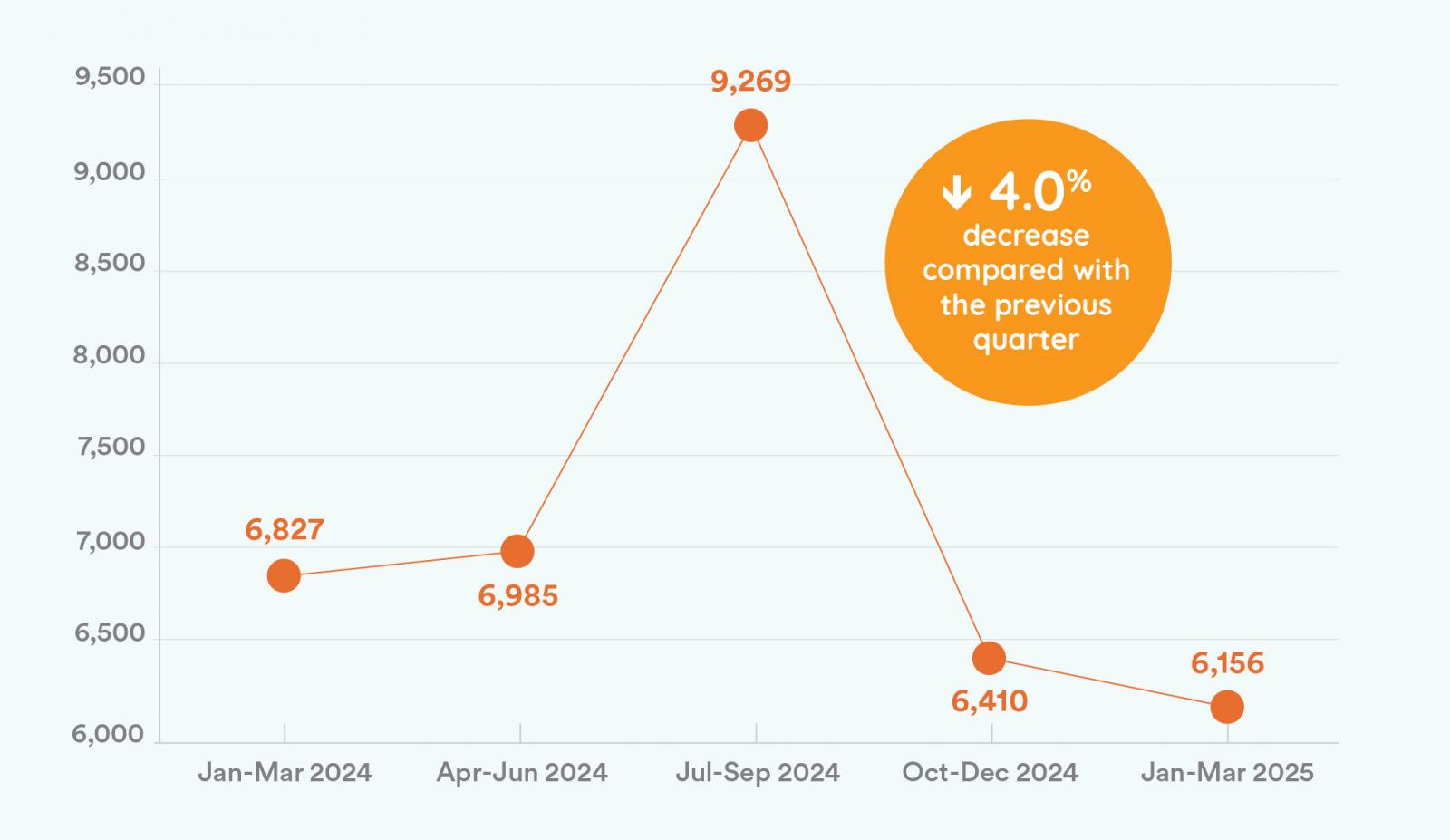Increased energy pricing complaints after Act update.
Residential land lease communities are sites where occupants’ land is leased from a community operator. Energy is often supplied to a residential land lease community via an embedded network. Special rules apply under the Residential (Land Lease) Communities Act 2013 (the Act) and Residential (Land Lease) Communities Regulation 2015 (NSW) (the Regulation) that do not apply to other types of embedded networks.
Major changes to the Act came into effect from 25 September 2024, some of which impact the way energy is charged in residential land lease communities.
EWON has supported its residential park members and customers with information about the changes, including liaising with NSW Fair Trading and producing supporting materials like our FAQ on Changes to electricity prices in residential land lease communities.

Energy charging changes
From 25 September 2024 the Act changed so that:
- permanent residents in land lease communities can’t be charged more than the median retail market offer of their local area network, as determined each year by the Independent Pricing and Regulatory Tribunal (IPART).
- authorised retailers are explicitly required to comply with the energy charging provisions in the Act.
There are a number of advantages to the changes, including that:
- pricing protections are the same whether the energy on-seller is a park operator or authorised retailer
- customers can compare their prices to the maximum prices published by IPART without needing to access the park operator’s invoices or perform calculations each billing period
- as customers are being charged a separate service availability/supply charge, it is straightforward to apply amperage discounts under the Regulation.
However, complaints to our office also indicate a range of customer issues related to the changes.
Complaints to EWON
Increased complaints since September 2024
In the first three quarters of 2024, EWON received less than 20 complaints per quarter from customers living in residential land lease communities. In the October to December 2024 and January to March 2025 quarters, this doubled to more than 40 complaints per quarter. Many of the complaints were from customers whose prices and bills increased after the change, particularly where the park operator or authorised retailer chose to charge the maximum allowable amount – see case study one below.
Other complaint issues raised by customers include:
-
lack of notice and/or transparency before the changes
-
confusion about now seeing a service availability/supply charge where there wasn’t one before
-
customers with solar, who previously received bills with minimal or zero charges, are now receiving bills consisting of service availability/supply charges
-
uncertainty whether amperage discounts to service availability/supply charges should apply – see case study two.
Changes to energy pricing in the Residential (Land Lease) Communities Act 2013 were intended to be a stopgap while waiting for more wholesale embedded network framework reform. Progress on embedded network reform has been gaining momentum in the past 12-18 months. We are seeing further traction in 2025 with:
-
the NSW Government committing to Action 26 of its Consumer Energy Strategy to release a comprehensive package of reforms to improve consumer outcomes for embedded network customers in NSW, including consideration of an IPART recommendation on the maximum prices allowable within embedded networks
-
the Commonwealth Government Better Energy Customer Experiences review which includes a review of embedded network protections.
Case study
 Customer worried about prices increases
Customer worried about prices increases
A customer living in a residential land lease community contacted EWON about changes to her energy prices which were previously about 28 cents per kWh with no supply charge. The park operator notified residents that energy pricing would increase to 41 cents per kWh with a $1.43 per day service charge. The customer was concerned that this would increase her bills by at least $45 per month.
EWON provided information about changes to energy charging from 25 September 2024. We referred the customer to information on the maximum prices for her local network area as set by IPART, advising that her usage charge was slightly below the maximum of 41.65 cents and the supply charge was in line with the maximum of $1.43. The customer acknowledged the information and said she would discuss the matter further with her park operator now that she had a better understanding of the context for the price changes.
Case study
 Customer disputes lack of amperage discount
Customer disputes lack of amperage discount
A customer lived in a residential land lease community where an authorised retailer had on-supplied energy rather than the park operator. In December 2024, the customer read about the recent changes to energy charging and thought he may be entitled to a 30% supply charge discount for receiving less than 60 amps. He thought he was only receiving amperage of 30-59 amps. The customer had spoken to the authorised retailer and was told he was not eligible for the discount as he was receiving 100 amps. He called EWON and we provided him with further information about the changes to energy charging and referred the complaint the retailer’s specialist team to try to resolve directly.
The customer returned as the matter wasn’t resolved. Our review found that the customer’s belief that he was receiving 30-59 amps was based on documentation from 2020 when the park operator was still on-supplying energy. The authorised retailer had since taken over on-supplying energy in the park, upgraded everyone’s switchboards and installed new smart meters so that everyone received 100 amps. The authorised retailer further demonstrated that the customer was receiving 100 amps by arranging for an electrician to come and check the switches. This confirmed that the customer wasn’t eligible for a 30% amperage discount.





